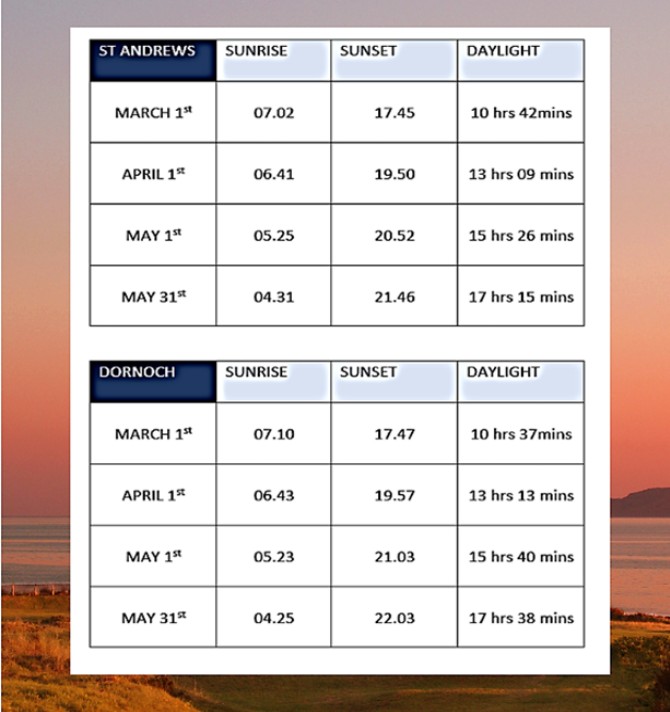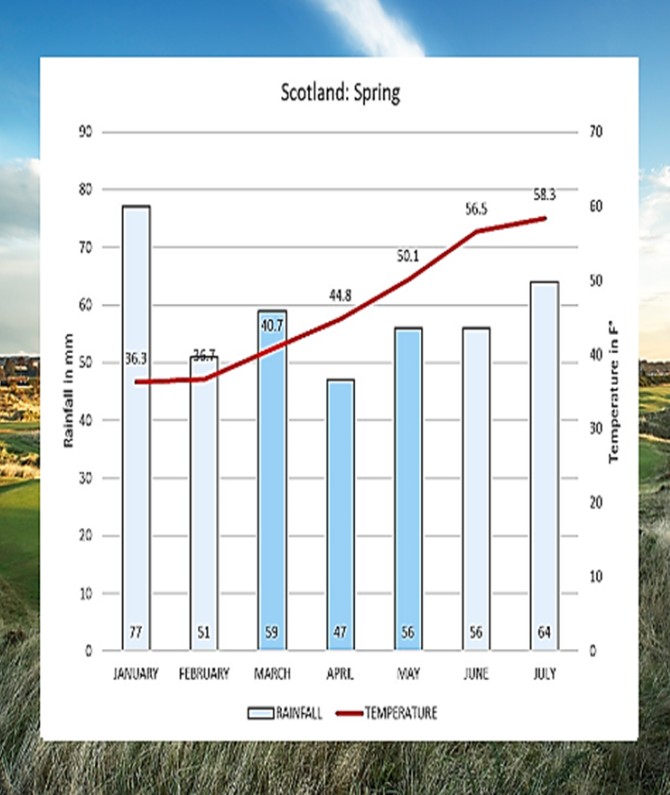
Rather than use generic countrywide data, Faraway Fairways have built our own. We’ve weighted golfing destinations to reflect the typical composition of a trip, St Andrews (50%), Troon (25%) Edinburgh (15%) and Inverness (10%). The spring is the driest season and April the driest month. The temperatures rise throughout the season as we move towards summer
Average wind speed (St Andrews)
– March = 14.3 mph
– April = 11.8 mph
– May = 11.2 mph
Our own experience is that golfers can more or less pick and choose the number of rounds they wish to play in March. A ballot operates but it needn’t be unheard of for gaps to exist on the tee-sheet. Things start to get busier in the second week of April, but average daily strike rates on the ballot are still in excess of 50% for the month.
In mid April the Old Course moves to its shoulder season rates, typically about 33% off the peak season. The shoulder season lasts until the start of May
The first week of May sees a traditional block-out and is best avoided, but after that the summer season gets into full swing and things start to get competitive
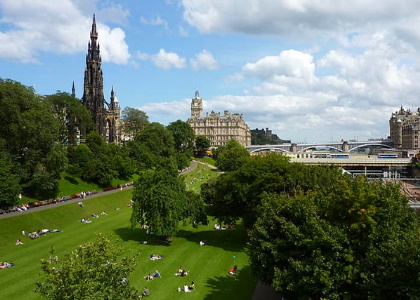

Machrihanish, famous first tee
March is often described as “in like a lion, and out like a lamb”. It can certainly throw up some incredibly varied weather. Most courses are still on their winter season rates in March, and this usually means a green fee approximately half the price. It wouldn’t be completely unheard of for winter rules and mats to still be in operation on some though.
Kingsbarns and Royal Troon won’t be open for visitor play in March, but you can usually get first-class compensation at Muirfield which doesn’t get hammered to the same degree that their summer tee-times do. You’d expect to play Muirfield in March on about five months lead time
‘British Summer Time’ begins in the first week of April and adds an extra hour’s daylight to a day. The sun sets at close to 20.00 now. Kingsbarns opens on April 1st but will usually have significant corporate ‘take out’ to navigate. Royal Troon begins to accept visitors about three weeks later
Shoulder seasons tend to begin in mid-April and last for two weeks. During this period green fees will typically be in the region of 33% less expensive than the peak summer rate.
April is the driest month of the year, and this extends to the Highlands too. People can make the mistake of looking at a map and the northerly latitude and thinking it’ll be unplayable. Not true. The Highlands of Scotland is surprisingly dry in April, although there can still be a bite on the wind.
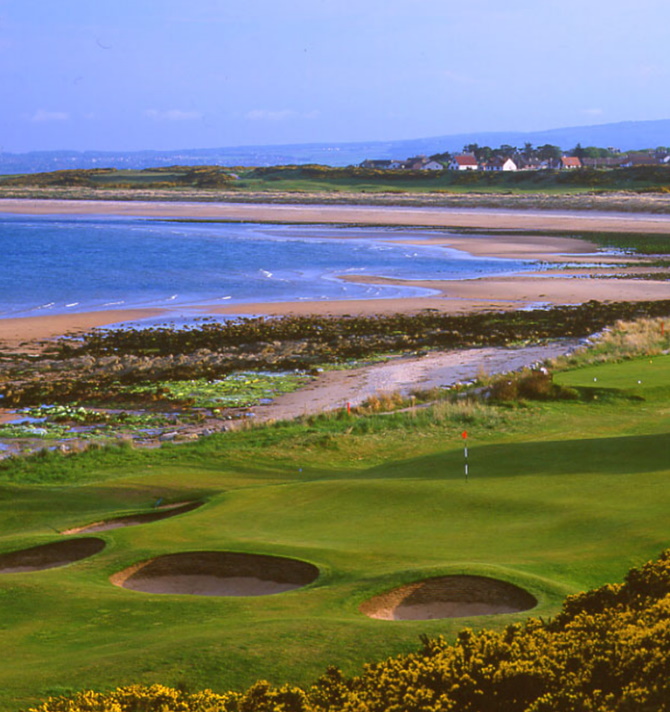
Royal Dornoch 10th
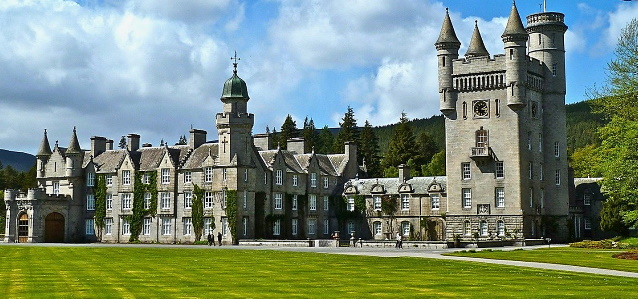
For all intents and purposes May more or less functions as a summer month with seventeen hours of daylight by the end of it.
Carnoustie, Turnberry, and Royal Aberdeen have the longest shoulder seasons but by the middle of the month they’ve moved onto their full summer rates. We start to encounter our first club fixtures in May, particularly at Carnoustie and St Andrews
May is the first month where you could perhaps begin to start thinking in terms of taking ferries out to the western isles with a sense that you’ve been unlucky rather than over-ambitious should you encounter a weather disruption.
At these northern latitudes we get extended daylight in the summer and reduced daylight in the winter. If you use the summer months judiciously, you can add what amounts to two or three days on a 7-10 day itinerary. You need to quickly get into the habit of realising that your day needn’t finish at five o’clock. If you go deeper into the evening you can easily play a second twilight round, or take-in some non-golf activity, (particularly landscape which isn’t opening time restricted). You can easily put 200 miles away in an evening in the Highlands for instance and still be back before dark
